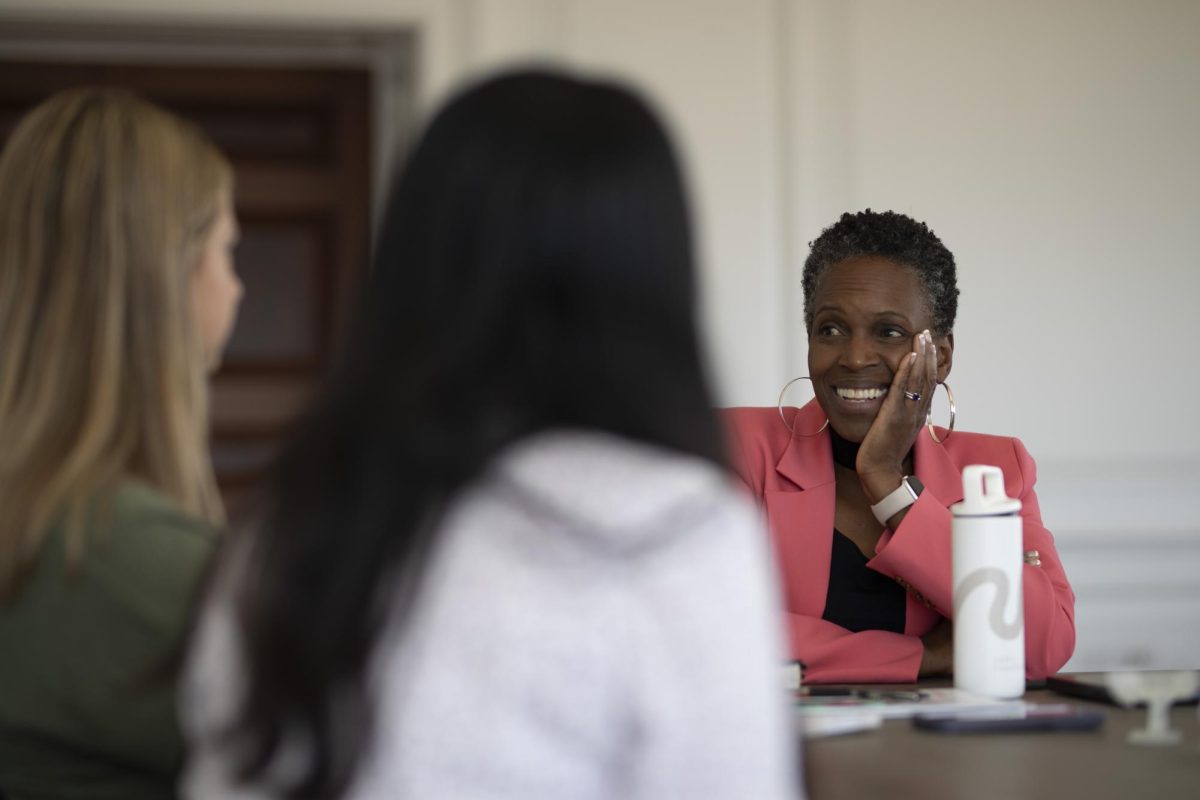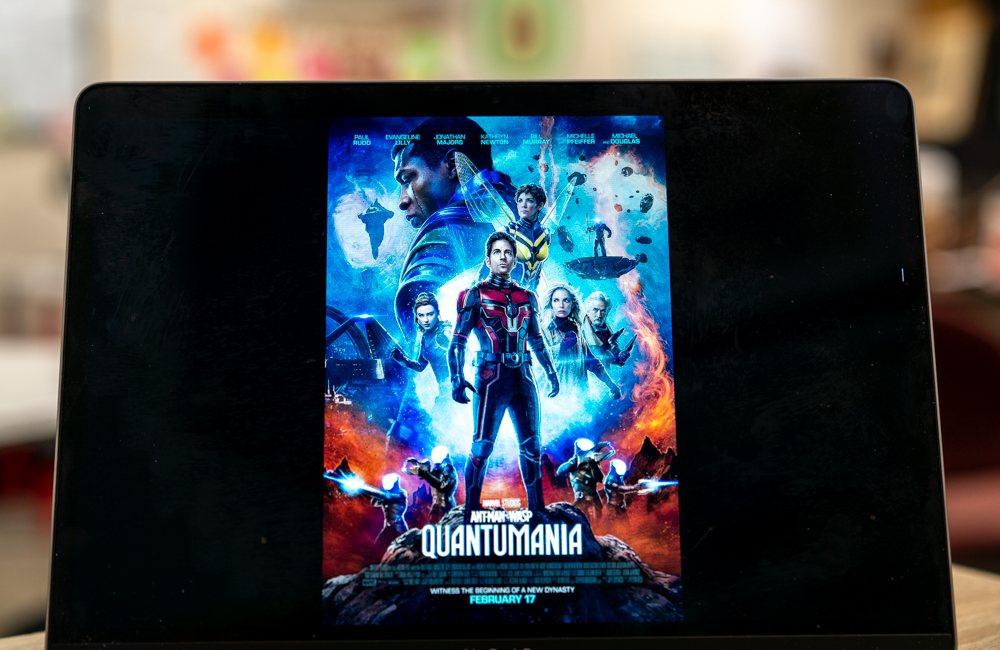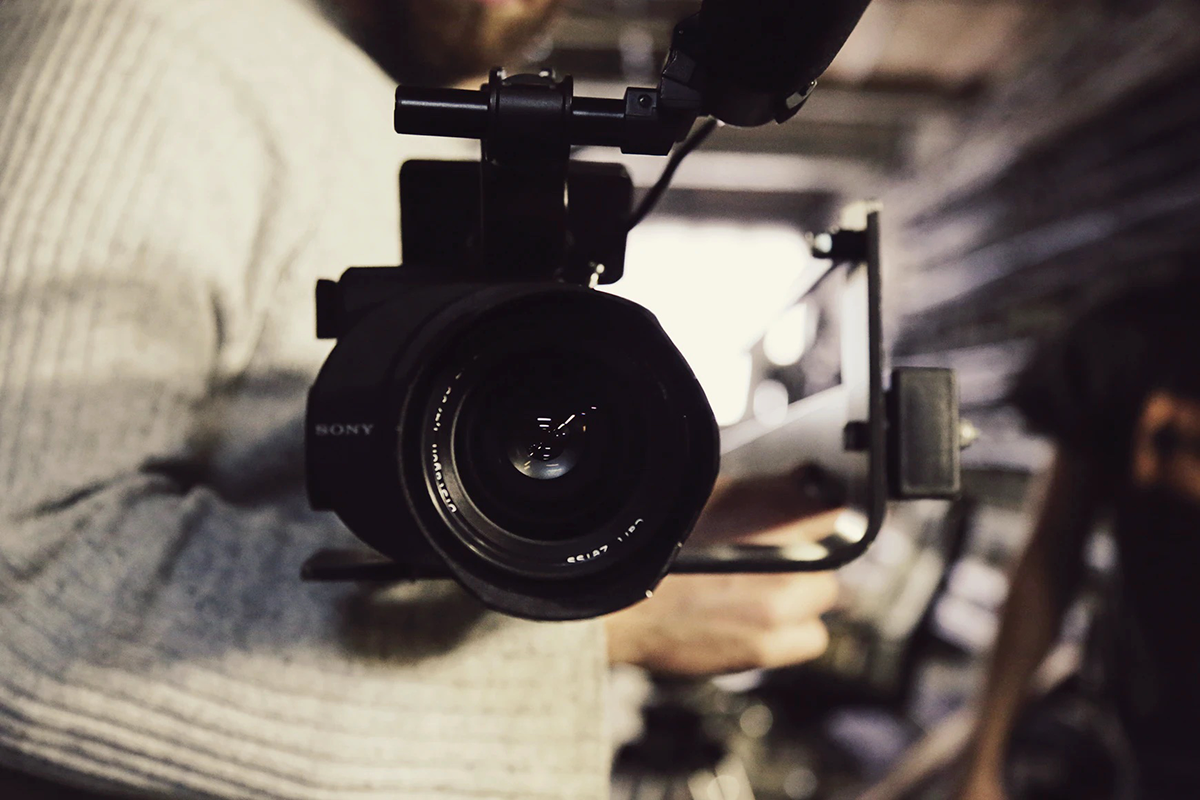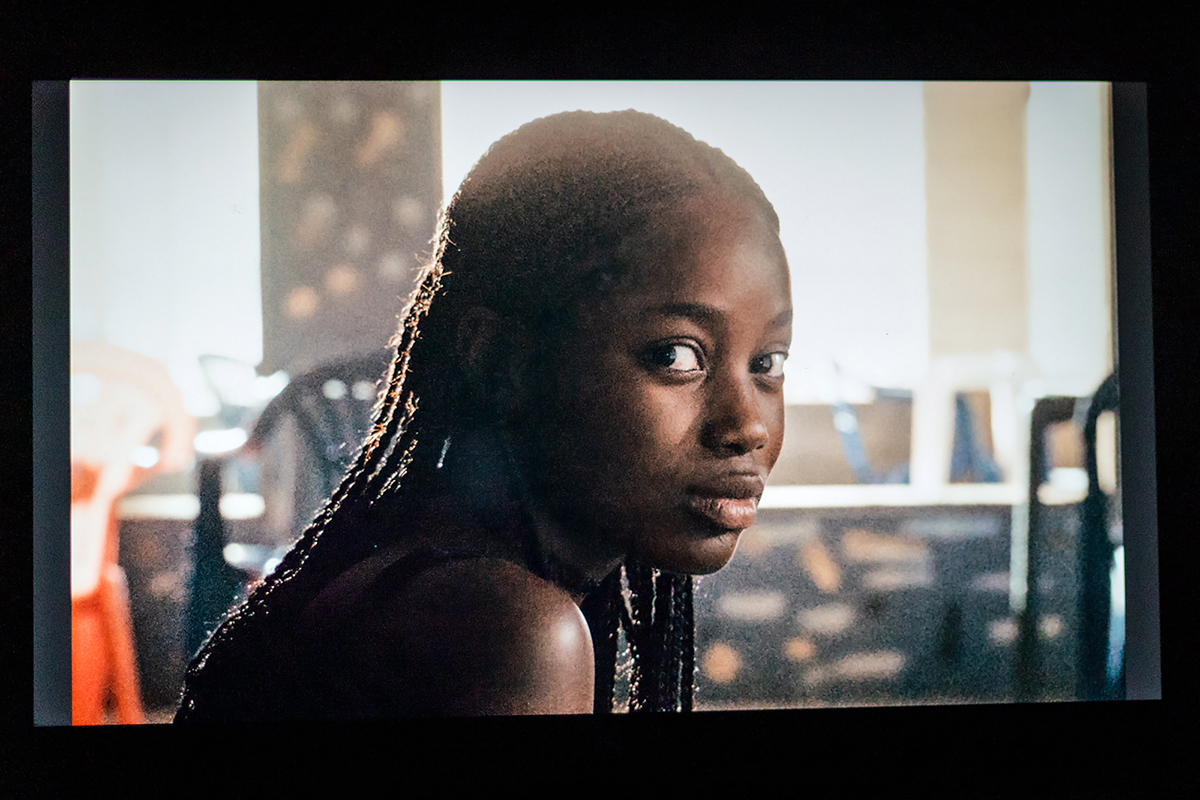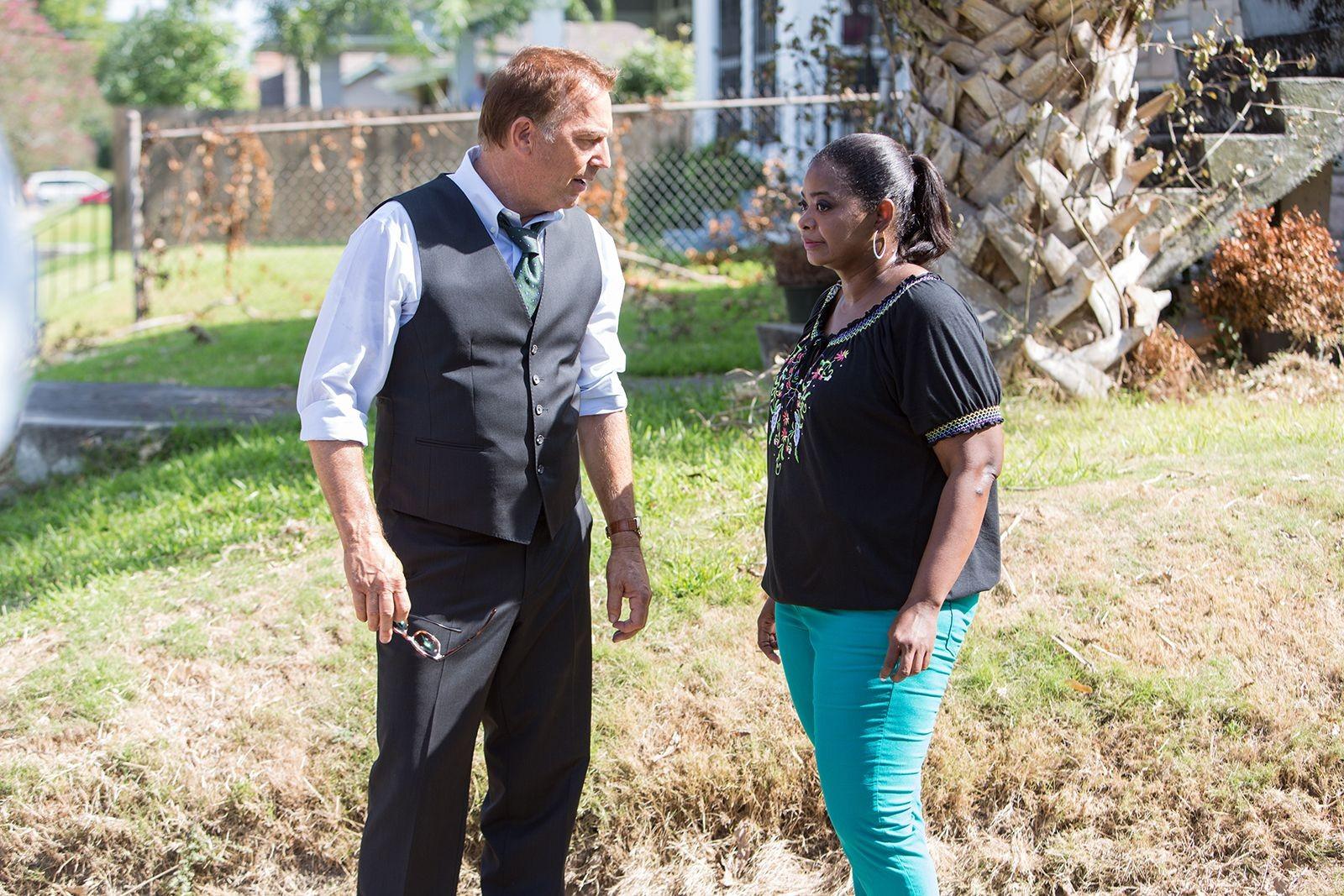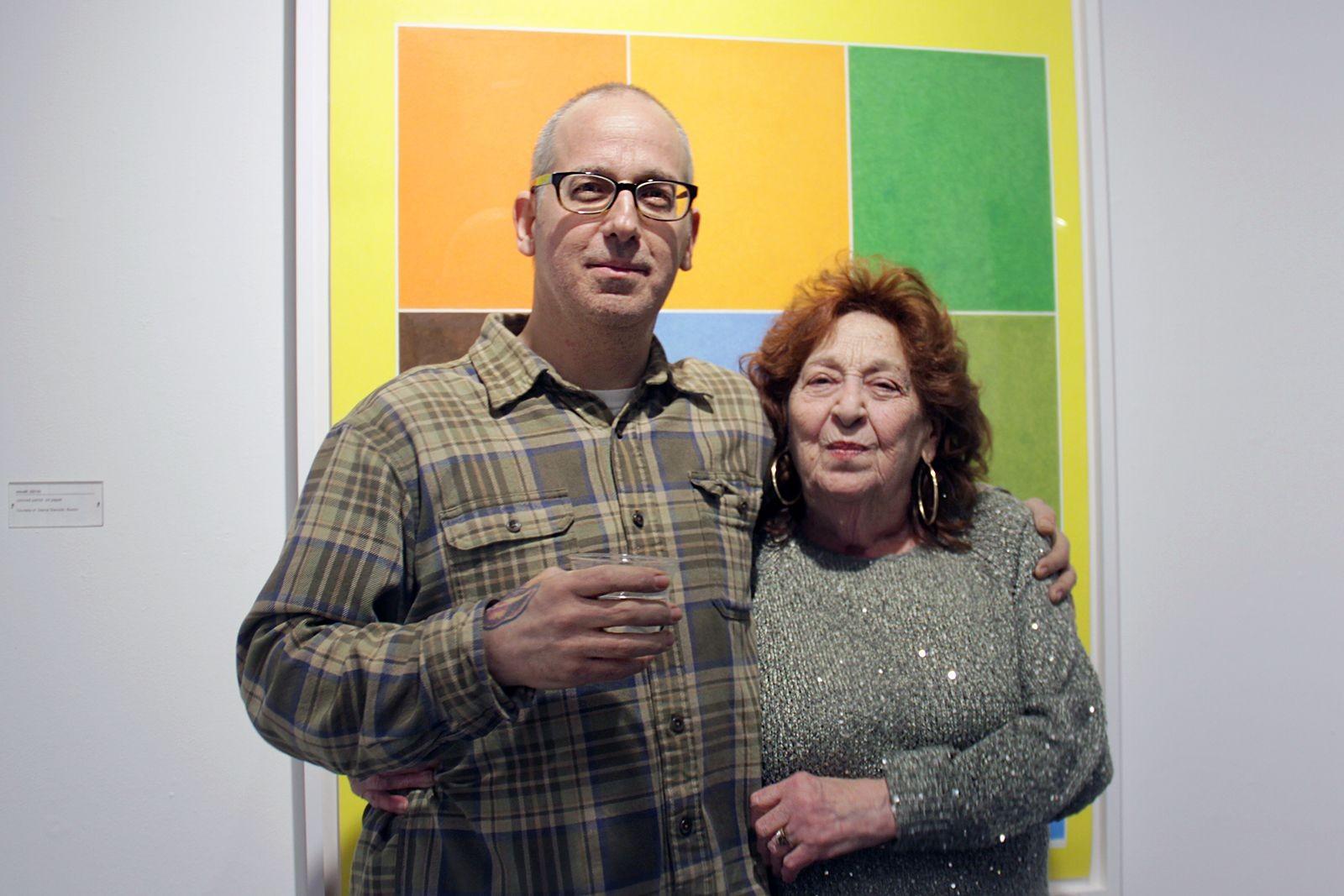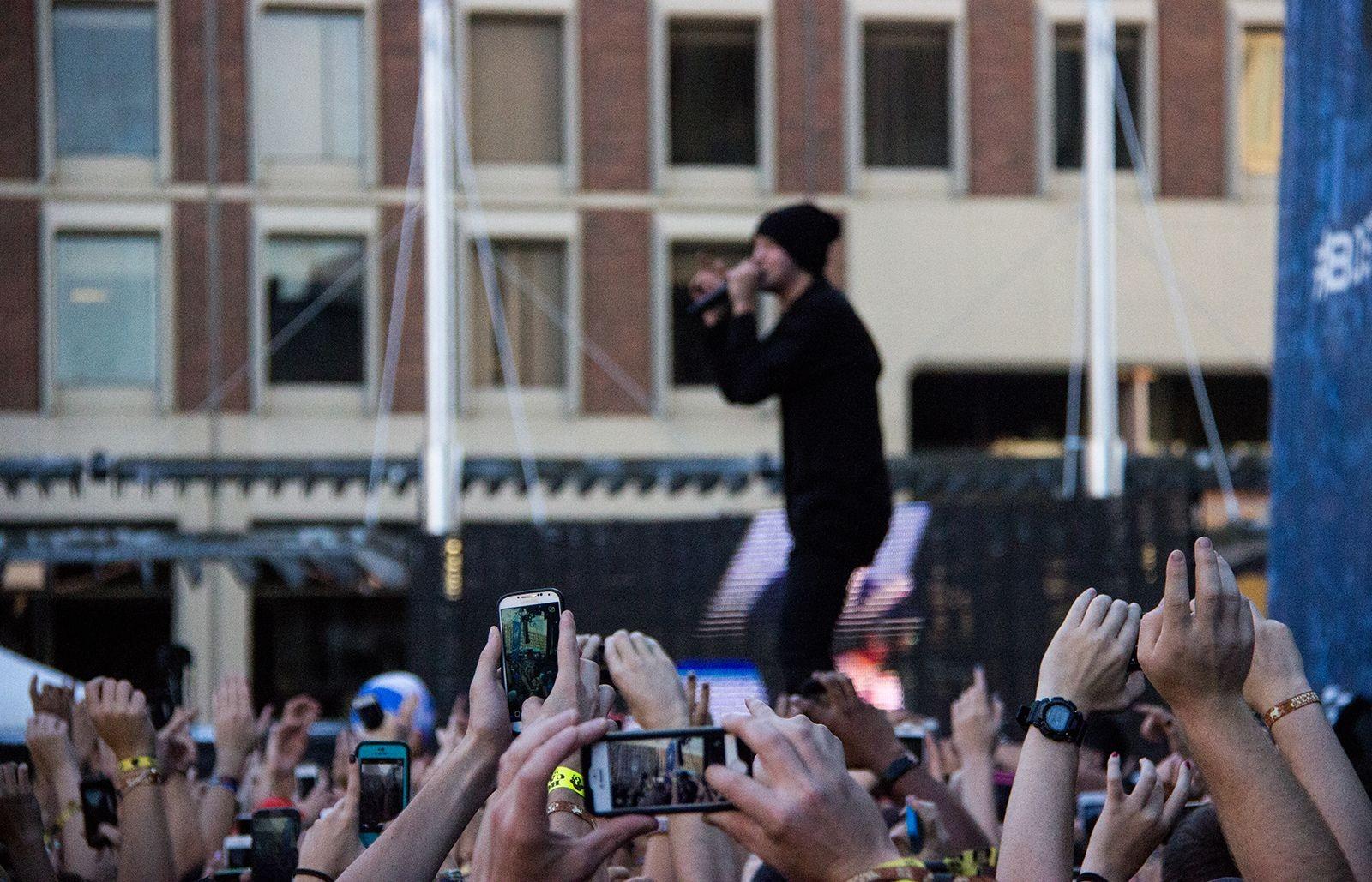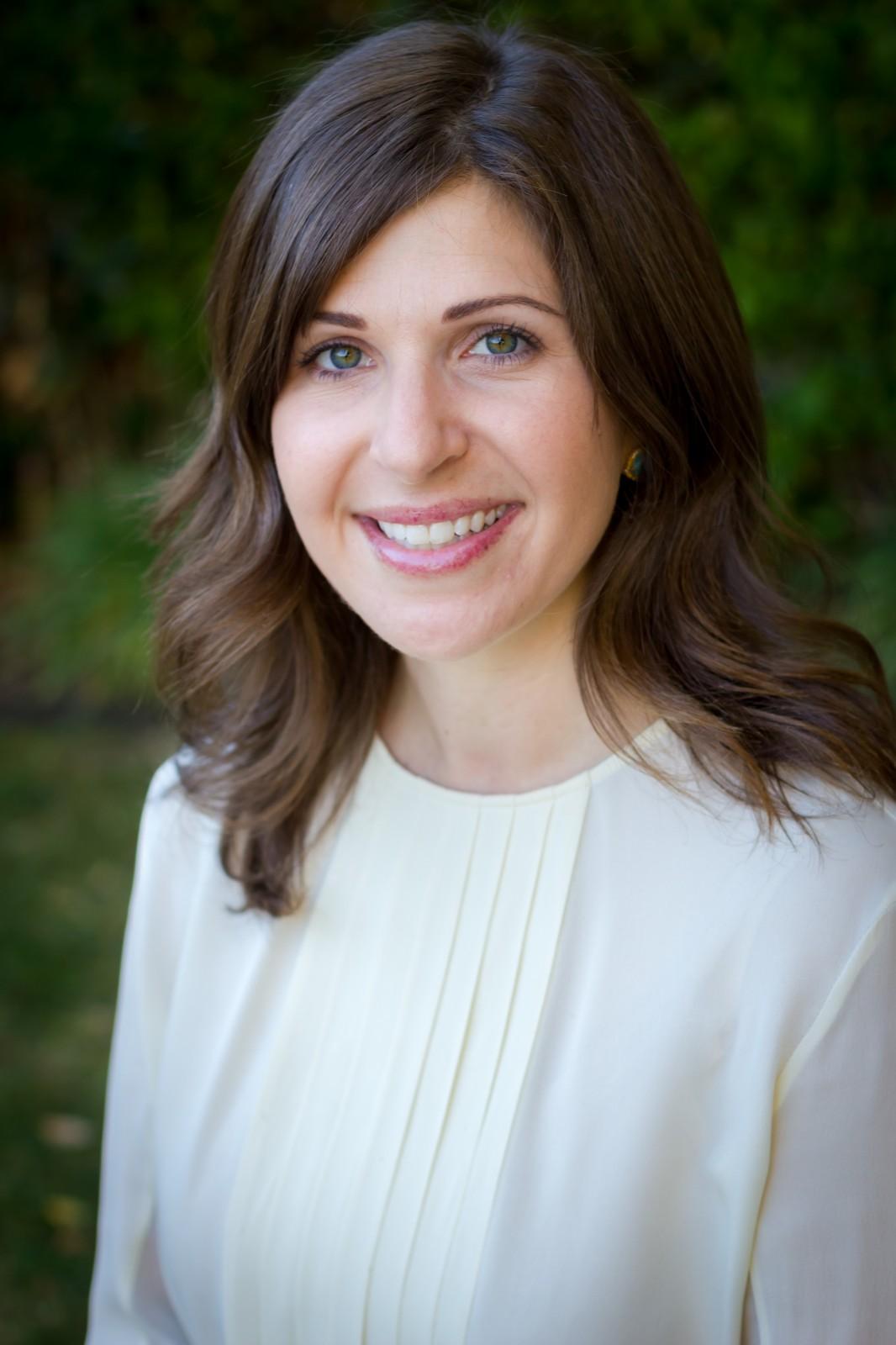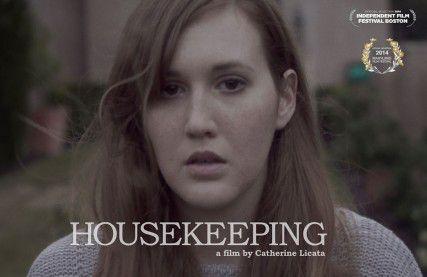
Jason Bateman, in his first serious dramatic acting role, in a scene from Disconnect.
“You can easily pitch this movie badly and have people roll their eyes and say, ‘I don’t want to watch a movie about technology and how it’s bad,’” said director Henry Alex Rubin over lunch at the Eliot Hotel in Boston.
The film Disconnect, starring Jason Bateman and Alexander Skarsgård, is the first leap into feature filmmaking for Rubin, the Oscar-nominated documentarian known best for 2005’s Murderball.
Disconnect, written by Andrew Stern, weaves intersecting storylines together with a ripped-from-the-headlines feel. There’s the father who can’t put his phone away, the young couple who fall prey to identity theft, the adolescent cyberbullies who go too far, and the upstart reporter who delves into the world of webcam pornography.
The stories are thrilling, influenced by our society’s growing reliance on technology and the complications that arise from misuse. It is not, however, a film about “technology and how it’s bad.”
“That is absolutely not what I was interested in saying,” Rubin said. “Personally I believe that technology is the most exciting thing in the world … but technology is completely neutral. It is absurd to say its good or bad. Technology has put men on the moon and it has created the H-Bomb. It’s in our hands.”
What was Rubin’s goal for the film? With his background in documentary filmmaking, it’s fitting that, “[a]ll I was trying to do was make three stories that were pulled right out of the headlines. Very vivid and very real. As realistic as possible, that was my job as a director.”
With that goal in mind, Disconnect is a success. It feels brutally honest — the type of film that will stick in your mind for days after.
“Ideally it’s so real that it feels like you’re watching a YouTube video,” he said with great respect for the social media website.
Disconnect doesn’t exactly play the same as a YouTube video (the production values are well above “Double Rainbow” or “Charlie Bit My Finger”); however, Rubin strives to make the film match the authenticity that comes when a few friends mess around on camera.
“The more authentic the story is, the more true the performances are, the more unobtrusive the camera work is, the more the audience will just fall into the film and be affected by it emotionally,” Rubin says.
To achieve this authentic feeling, Rubin utilizes many tricks and techniques from the documentary canon.
While he used the latest in digital film technology — the Red Epic camera — he also used lenses from the 1960s that were “messy and mushy” and that would flare up easily to achieve an aesthetic that “looked real” to him. Rubin also integrated handheld shots into the film for a similar “dirty” feel.
Often Rubin would drive his frequent collaborator, cinematographer Ken Seng, crazy with his documentary aesthetic.
“Sometimes I torture him by not telling him exactly where something’s going to be, which tortures him or the focus-puller because they want to be exactly there and they want to have it in focus, but sometimes I don’t want that. I want a little bit of messiness,” he said.
His devotion to authenticity even led Rubin to find real-life counterparts to the characters in the movie — people who had actually experienced what the on-screen characters go through — for his actors to talk to and learn from.
“I’d never be able to do something if I didn’t have the basis in reality because then I’d never know what’s really authentic,” Rubin attests. “So, I’d always go back to the real life counterparts and ask them questions.”
The most noticeable visual technique Rubin employed throughout the film involved his use of two cameras placed far away from the actors that zoom in to compose the shot. He let these shots extend on screen, creating a sense of voyeurism that heightened the sense of realism in any scene.
“When you make documentaries, you are always very careful of your subjects,” he said. “You never want your subjects to notice the camera because if they see the camera, they become self-conscious. They changed their behavior. So a lot of the art of making a documentary is finding those angles that are just outside of the eye line and just removed enough so that their subjects can live and breathe and be, without feeling self-conscious.”
Rubin found that the same strategy helped loosen up the child actors and brought out better performances. He found that the further the crew, camera, and microphones stood from the talent, the more naturalistic performances he’d get.
“Sometimes they would change the words that Andrew put in the script and it would just be their own words and I really liked that,” Rubin explained. “I just kept going and going until it felt like something was eavesdropped.”
Not every actor on the set of Disconnect needed Rubin to use this strategy to enhance his or her acting.
About Jason Bateman, Rubin said, “this is a guy who grew up on sets and has learned to ignore the crew and ignore the camera. It could be right in his face and he could still give you total naturalism.”
Bateman, in his first serious dramatic role, was a fascinating casting choice. The intrigue of seeing the actor known for his Arrested Development and Horrible Bosses roles will draw audiences to the theatre.
“The movie could be about the most boring thing in the world … I’d go see that to see Jason Bateman be a dramatic actor,” Rubin said.
Rubin brought Bateman to the film after having always thought that he could be a brilliant dramatic actor. The film’s financier was initially worried that casting Bateman would “pop the bubble of naturalism,” but eventually relented. Perhaps the beard Bateman grew for the role was a compromise…
“[Bateman] was tickled that a director would want to put him in a dramatic role,” Rubin said.
Rubin glows about how Bateman made every scene better. The actor brought many ideas to the table and was well prepared for every take, he says, adding that Bateman was open to ad-libbing and was willing to trying takes in multiple ways.
“That’s what you hope for when you meet an actor —” Rubin said, “that they’re not just a puppet … they’re a collaborator and he really was a true collaborator.”
Bateman shines as Rich Boyd — a father juggling the demands of work and his desire to connect with his adolescent son. Bateman is the most compelling actor in the ensemble cast and carries an impressive on-screen magnetism.
“You can feel so much for him and what he’s feeling from just watching an eye flicker, and that’s masterful acting,” Rubin said. “I’m hoping people think he’s as brilliant as a dramatic actor as he is a comedic actor.”
Disconnect opens nationwide Friday.




